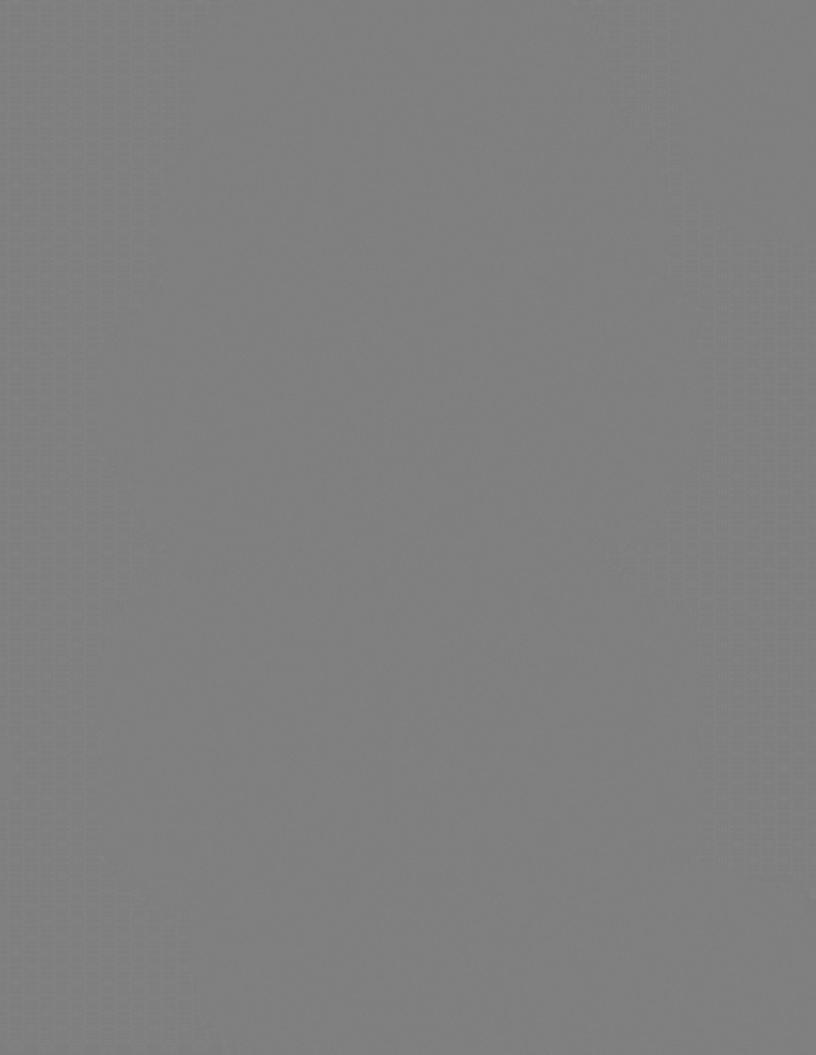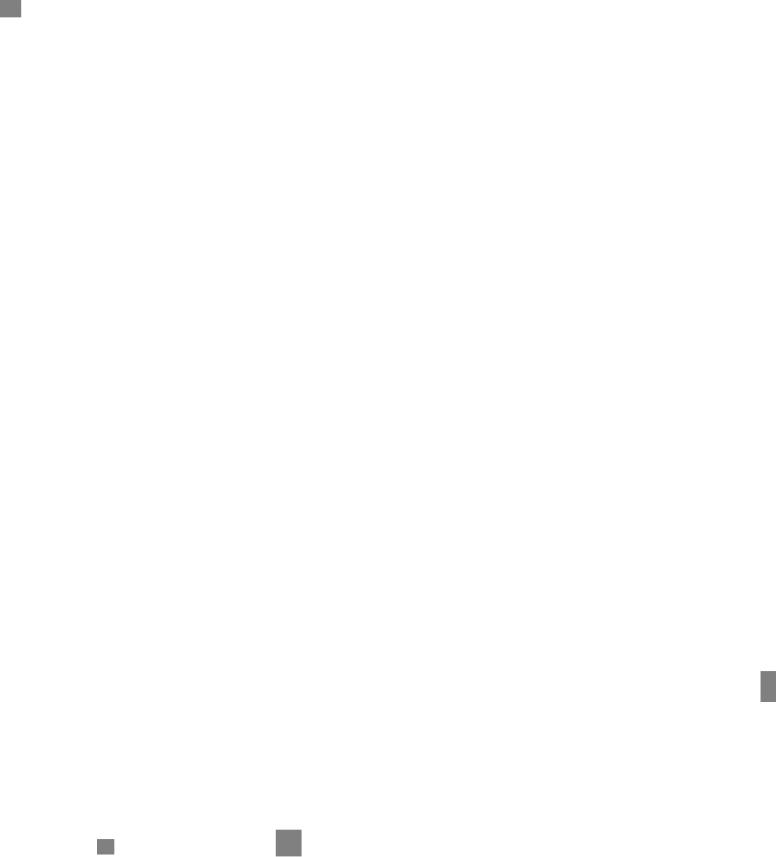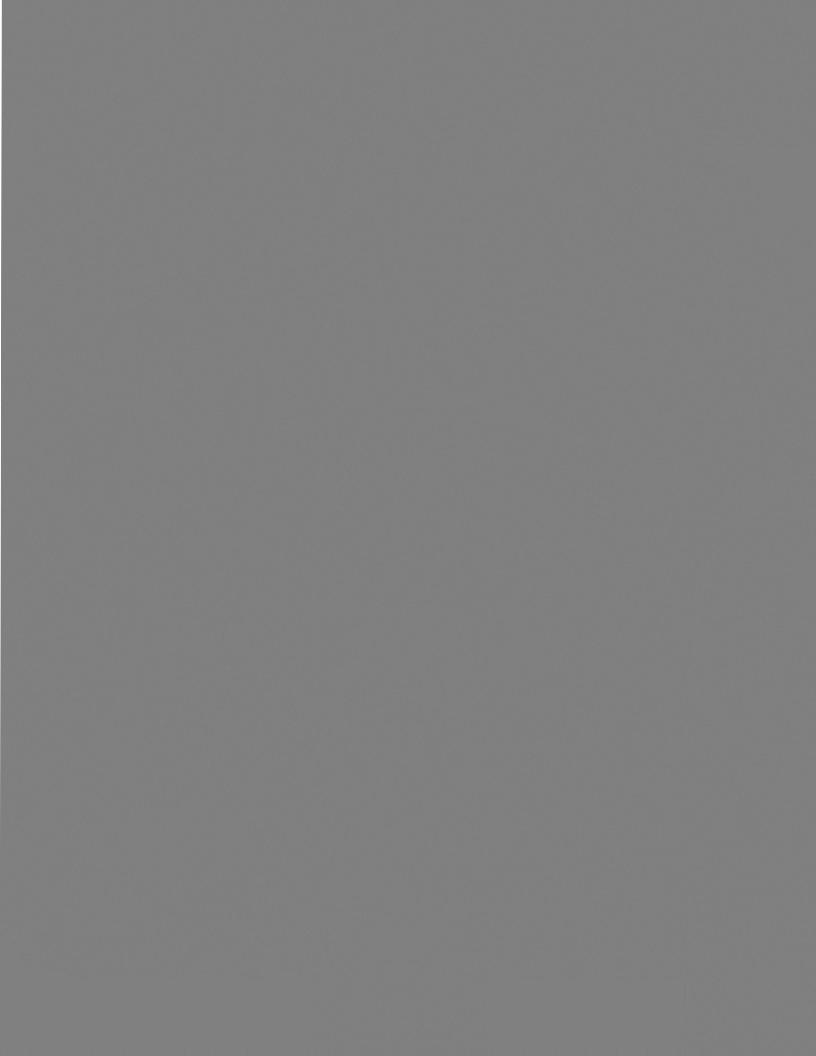Union Special 39500RP, 39500RU, 39500SJ, 39500SR, 39500SX Manual
...



|
STYLES OF MACIDNES (Continued) |
|
|
39500 RP Light |
to medium duty machine for serging and trimming light, medium |
||
and heavy weight trousers and similar garments. Three thread stitch. Seam |
|||
specification |
504-EFd-1; standard |
seam width 3/16 inch (4. 76 mm); |
stitch |
range 4-10 per inch; cam adjusted |
feed. Maximum recommended speed |
7500 |
|
R.P.M. |
|
|
|
39500 RU Light to medium duty machine for simultaneously attaching zippers with sliders and staples already in place (and overedge the facings) to pants flies. skirts. jackets and similar garments. Three thread stitch. Seam specification 504-SSa-1; standard seam width 3/16 inch (4. 76 mm); stitch range 4-10 per inch; cam adjusted feed. Maximum recommended speed 7500 R.P.M.
39500 SJ Light to medium duty machine for serging light and medium weight trousers and similar garments of Durable Press material. Two thread stitch. Seam specification 503-EFd-1; standard seam width 3/16 inch (4. 76 mm); stitch range 4-8 per inch; cam adjusted feed. Maximum recommended speed 7500 R.P.M.
39500 SR Medium to heavy duty machine for simultaneously attaching right pants flies and zipper tapes to pants fronts; also attaching zippers to right flies only and similar operation of Durable Press material. Three thread stitch. Seam specification 504-SSa-1 or SSj - 1; standard seam width 3/16 inch (4. 76 mm); stitch range 6 to 16 per inch; cam adjusted feed. Maximum recommended speed 7500 R. P. M.
39500 SX Medium to heavy duty machine for simultaneously attaching right pants flies and zipper tapes to pants fronts of Durable Press material; also attaching zippers to right flies only and similar operations on Durable Press material. Three thread stitch. Seam specification 504-SSa-1 or SSj-1; standard sea m width 3/8 inch (9. 52 mm); stitch range 6-16 per inch; cam adjusted feed. Maximum recommended speed 7500 R . P.M.
39500 TG Light to medium duty machine for serging around pants cuff before cuffs are folded and similar operations on light, medium and heavy weight trous er material. Smallest cuff that can be sewn is 2 3/8 inch (60. 32 mm) diameter or 7 1/2 inches (190. 50 mm) in circumference. Two thread stitch. Seam s p e cification 503-EFd-1; standard seam width 3/16 inch (4. 76 mm); stitch range 4-8 per inch; cam adjusted feed. Maximum recommended speed 7500 R. P. M .
39500 TY Medium to heavy duty machine for hemming 5 to 25 pound pap e r, cotton or synthetic mesh bags. Will turn up from 3/4 to 1 1/4inch (19.05 to 31. 75 mm) of two plies of material and finish into a tight roll approximately 1/4 inch (6. 35 mm) in diameter. Three thread stitch. Seam s pecification 504-SSp-1 modified; stitch range, 4-20 per inch, cam adjusted feed. Maximum speed 6500 R .P.M. Maximum recomme nded speed 5500 R.P.M. when sewing mesh bag s.
SPEED RECOMMENDATION
39500 MARK IV machines have been te s ted in their complete s titch r ange a t their maximum rated spee ds . Varied field conditions , severity and cleanliness of the sewing operation m ay neces sit a te operating at a lower spee d. Whe n opera ting from 50-100% machine running cycle a nd a longer than recomme nde d s titch l e ngth, it may be necessary to reduce the m a chine ' s s peed by 10-15%.
The MARK IV i s a precis ion manufac tured a nd tes t e d s ewing m a chine . T o obta in maximum performa nce, the machine should b e ope rated a t 1000 R.P . M. b elow maximum recommended s peed for the fir s t 20 days of field op e ration. This will minimi z e readjustme nt of pre cision m e cha nis m s .
4
From the library of: Superior Sewing Machine & Supply LLC

OILING
CAUTION! Oil was drained from machine whe n shipped, so reservoir must be filled before beginning to operate. Oil capacity of Class 39500 is eight ounces. A straight mineral oil of a Saybolt viscosity of 90 to 125 seconds at 100° Fahrenheit should be used.
Machine is filled with oil at spring cap in top cover. Oil level is checked at sight gauge on front of machine. Red bulb on oil level indicator should show between gauge lines when machine is stationary.
Machine is automatically lubricated. No oiling is necessary, other than keeping main reservoir filled. Check oil daily before the morning start; add oil as required.
To maintain maximum recommended speed and serviceability of this equipment when operating continuously. the oil must be changed at least every six months. In no case should oil remain in machine for more than one year.
The drain plug screw is located at back of machine near bottom edge of base. It is a magnetic screw designed to accumulate possible foreign materials which may have entered the crank case. It should be removed and cleaned periodically.
NEEDLES
Each UNION SPECIAL needle has both type and size number. The type number denotes the kind of shank, point, length, groove. finish and oth·~r details. The size number, stamped on the needle shank, denotes largest diameter of blade, measured in thousandths of an inch, midway between shank and eye. Collectively, type and size number represent the complete symbol which is given on the label of all needles packaged and sold by Union Sp-~cial.
Class 39500 machines use a curved blade needle. The standard recommended needle for the Styles covered here is Type 154 GAS . Below is the description and s izes available of the recommended needle.
Type No.
154 GAS
Description and Sizes
Round shank, round point. |
curved blade, standard length. single groove . |
||||||
s truck groove , spotted. |
chromium plated and is |
available |
in s iz es |
||||
055/022, |
065/025, |
070/027, |
075/029, |
080/032, |
090/036, |
100/040, |
|
110/044, |
125/049, |
140/054, |
150/060. |
|
|
|
|
To have ne edle orders promptly and accurately |
filled, an empty |
package, a |
sample needle, or the type and size number should be forwarded. Use |
description |
|
on label. A complete order would read: ''1000 Ne e dles, |
T ype 154 GAS, Size 110/044" . |
|
Selection of the proper needle size is determine d by size of thread use d. Thre ad should pass freely through needle eye in order to produce a good stitch formation.
Success in the operation of UNION SPE CIAL mac hines can be s e cured only by u s e of needles packaged under our brand na m e,~® • which i s backed by a reputation for producing highest qua lity needles in m a te r ials and workmans hip for more than thre e - quarters of a c e ntury .
5
From the library of: Superior Sewing Machine & Supply LLC

CHANGING NEEDLE
R eleas e pressure on presser foot by turning presser foot release bushing (AG,
Fig. 1, lA, lB or lC) |
and swing presser arm (U) out of position. |
Turn |
handwheel |
in operating direction |
until needle is at its lowest point of travel. |
Using |
hexagonal |
socket wrench No. 21388 AU, furnished with machine, loosen needle clamp nut about 1/ 4 turn. Again turn handwheel until needle is at high position; withdraw needle.
To replace needle, leave needle holder at high position and, with the flat to the left, insert needle in holder until it rests against stop pin. Keeping needle in this position, turn handwheel until holder is again at its low point of travel; then tighten nut. Return presser arm (U) to position; re-lock presser foot release bushing (AG).
THREAD STAND (504 and 505 STITCH)
After thread comes from cones on cone support (A, Fig. 1 or lB) as applicable, it is brought up through the back hole of thread eyelet (B). then down through the front hole of thread eyelet. The needle and upper looper threads are then threaded through the upper hole of tension thread guide (C) from front to back, and then through the lower hole from back to front. The lower looper thread is threaded through the upper hole back to front, through the middle hole from front to back, and finally through the lower hole from back to front. All three threads then continue between the tension discs (J), through tension post slot (K) in tensionpost (G) and on through front thread guide (M).
THREAD STAND (503 STITCH, EXCEPT STYLE 39500 TY)
After thread comes from cones on cone support (A, Fig. lA) it is brought up through the back hole of thread eyelet (B), then down through the front hole of thread eyelet. The needle thread is then threaded through the upper hole of tension thread guide (C) from front to back, and then through the lower hole from back to front. The lower looper thread is threaded through the upper hole back to front, through the middle hole from front to back, and finally through the lower hole from back to front. Both threads then continue between the tension discs (J), through tension post slot (K) in tension post (G) and on through front thread guide (M).
THREAD STAND (503 STITCH FOR STYLE 39500 TY)
After thread comes from cones on cone support (A, Fig. 1C) it is brought up through the back hole of thread eyelet (B), then down through the front hole of thread eyelet. Next it is threaded through the upper holes of tension thread guide (C) from front to back and then through the lower holes from back to front. Both threads then continue between tension discs (J), through tension post slot (K) in tension post (G) and on through front thread guide (M).
6
From the library of: Superior Sewing Machine & Supply LLC

li) Thread Eyelet
l!] Tension Nut
II Tension Spring Ferrule
--,!.J!lt'f".......-::::;
IITension Spring~[.illl~~ ~
[!lTension Post ll) spring Shie ld
g Tension Discs ·:.·_-----
l3Tension Post Slo< ', .__
IITension Disc Fe lt ·..
[i Tension Thread Guide
f,IJ Front Thread Guide
ll) upper Looper Thread Eyelet
liJAuxiliary Looper Thread Eyelet
'9Lower L0oper Thread Eyelet
DFrame Looper Thread Guide
mPresser Arm
504 STITCH
FOR STYLES 39500 QN, QV, QX,
RP, RU, SR, SX, TY
' ---~'--'===
Top Cover
...._,. Needle Thread Eyelet
Upper Looper
Thread Tube Assembly
mLower Loope r
Fig. 1
7
From the library of: Superior Sewing Machine & Supply LLC
(;] Tens ion Nut |
|
|
|
A |
Tension Spring---._____ /~ |
|
|
IS |
Fe rrule |
~ |
|
IITension Spring --J., |
-~~~\ |
||
[!]Tension Post
ll)spring Shield
O Tension Disc s ·-.·._
l3Tension Post Slot :
IITension Disc Felt ··.
[I Tension Thread Guide
fl1 Front Thr ead Guide
m Lower Looper Thread Eyelet
- Fabric Guard Bracke
Needle Thread
Pull-off Eyelet
Frame Looper |
|
|
|
D Thread Guide |
~ |
fj Upper Spreader |
|
DJ presser Arm |
|||
|
|
503 STITCH |
F i g . lA |
|
FOR STYLES 39500 QJ, SJ |
||
|
8
From the library of: Superior Sewing Machine & Supply LLC


m Tension Nut |
~ |
(ITension Spring Fe rrule |
||
IITension Spring ~ |
||
P'-1 |
---~ '~---~~~ |
|
~ |
Tension Post |
|
ll)spring Shi ld |
_ |
|
D |
Tension Discs .>. '"~-,:-~z<:::,,,J~',...,;;;~"'J |
|
l3 Tension Post Slo~· - --.. |
.,.______mCone Support |
|
|
II Tension Disc Felt··.. |
|
flJ Front Thread Guide
tmupper Looper Thread Eyelet
IiiAuxiliary Looper Thread Eyelet
-Needle Thread
Pull-off
|
Upper Looper |
|
Thread Tube Assembly |
|
t3 L.;.Jjrnupper Looper |
mPresser Arm |
1:1Lower Spreader |
503 STITCH |
Fig. lC |
|
FOR STYLE 39500 TG |
||
|
10
From the library of: Superior Sewing Machine & Supply LLC

THREADING
Only parts involved in threading are shown in threading diagrams (Fig. 1. lA, 1B and 1C). Parts are placed in their relative positions for clarity.
It will simplify the threading of these machines to follow the recommended sequence of threading the lower looper or upper looper first (as applicable) and the needle second when using the 503 stitch (Fig. lA and lC). The recommended sequence whenusing the 504 or 505 stitch (Fig. 1 and lB) is tothread the lower looper first. upper looper second, and the needle third.
Before beginning to thread, swing cloth plate open, turn handwheel in operating direction until needle (X) is at high position, release pressure on presser foot by turning presser foot release bushing (AG) and swing presser arm (U) out of position.
Be sure hreads, as they come from the tension thread guide (C). are between tension discs (J) and in diagonal slots (K) in tension posts (G).
TO THREAD THE LOWER LOOPER (FOR ALL STYLES EXCEPT 39500 TG)
Double end of thread and lead it through the right eyelet of front thread guide (M. Fig. 1. lA or lB). Then lead thread through both eyes of lower looper thread eyelet (R. Fig. 1, lA or lB) from right to left. NOTE: Thread must pass in front of looper thread pull-off (AF). Lead thread behind fabric guard (S) and through frame looper thread guide (T). Turn handwheel in operating direction until heel of lower looper (V) is all the way to the left. then thread through both eyes from left to right. Left eye of lower looper can be threaded easily if tweezers are .in left hand.
TO THREAD UPPER LOOPER (FOR ALL STYLES EXCEPT 39500 QJ, SJ)
Thread upper looper thread through left eyelet of front thread guide ( M, Fig. 1, lB or lC). Then turn handwheel until point of upper looper (W) is all the way left. Lead thread through auxiliary looper thread eyelet (P) from back to front, then through both eyes of upper looper thread eyelet (N) from left to right. Note: thread must pass in front of looper thread pull -off (AF). After pulling up upper looper thread tube assembly (AA). lead thread under neck of top cover casting and down through thread tube assembly (AA). Pull thread out bottom of tube; push tube down. then insert thread through upper looper eye from front to back.
CAUTION! Be sure upper looper thread is under lower looper thread when passing from tube assembly to upper looper eye.
TO THREAD THE NEEDLE (FOR STYLES 39500 QJ, QL and SJ)
Turn handwheel in operating direction until needle (X. Fig. lA or lB) is at its highest position. Insert thread through the middle eyelet of front thread guide (M. Fig. lA or lB). then lead thread through eye of needle thread eyelet (AD) from back to front. Now lead the needle thread under the neck of top cover casting and through hole in needle thread pull-off eyelet (AB) from right to left. Thread needle from the front.
11
From the library of: Superior Sewing Machine & Supply LLC





